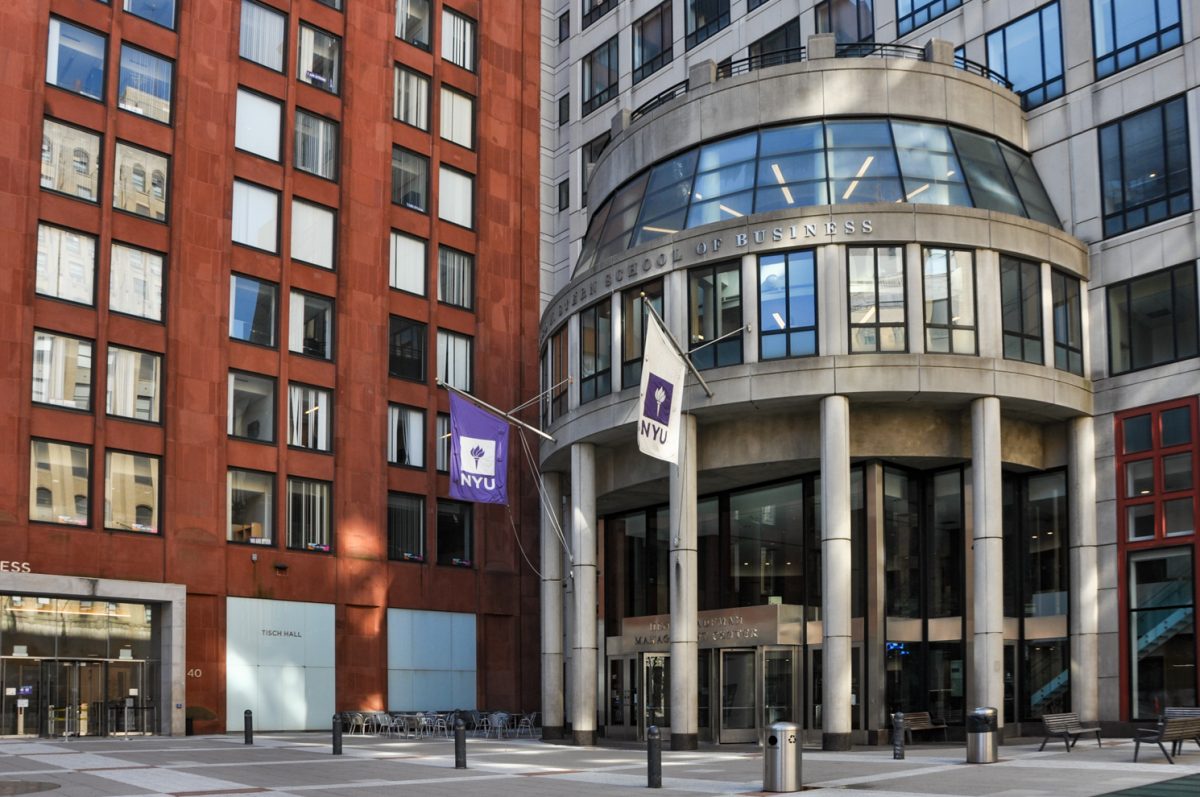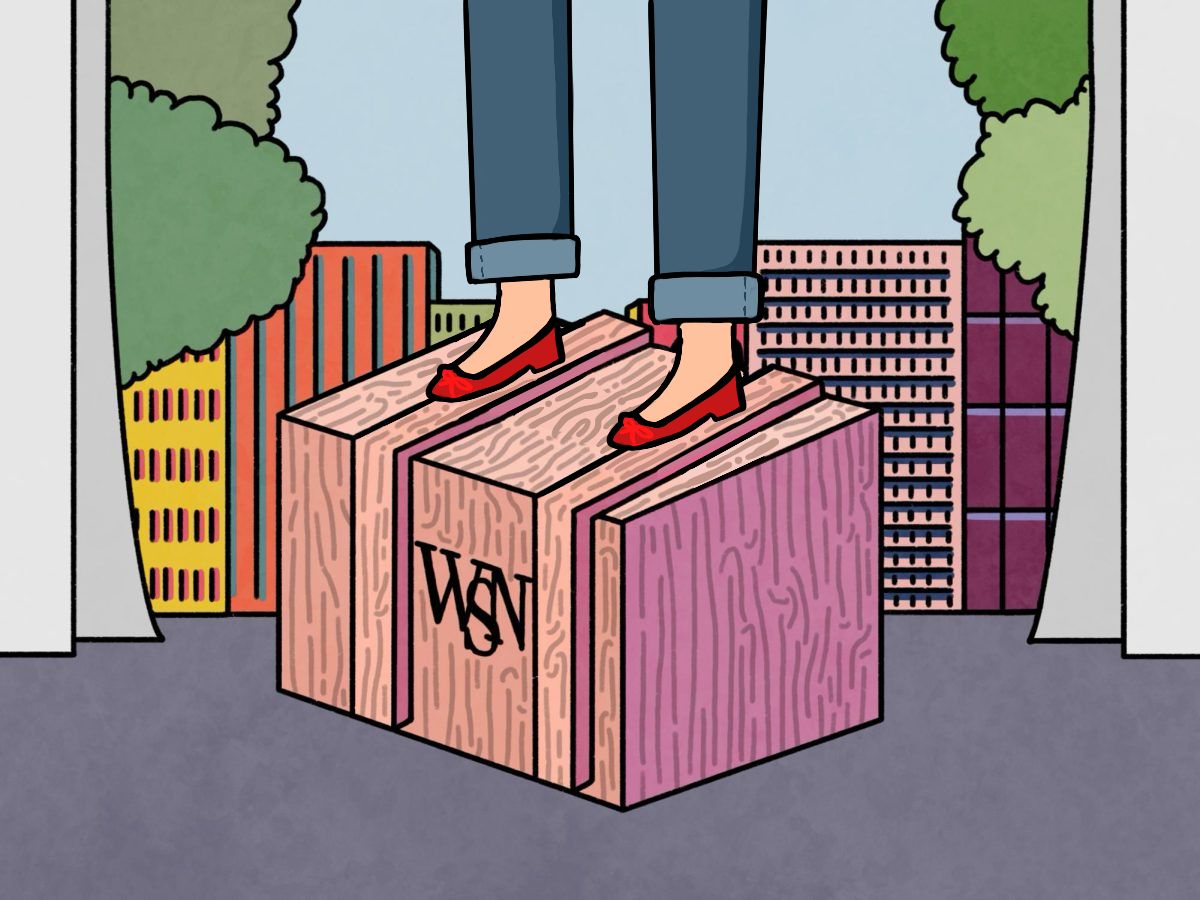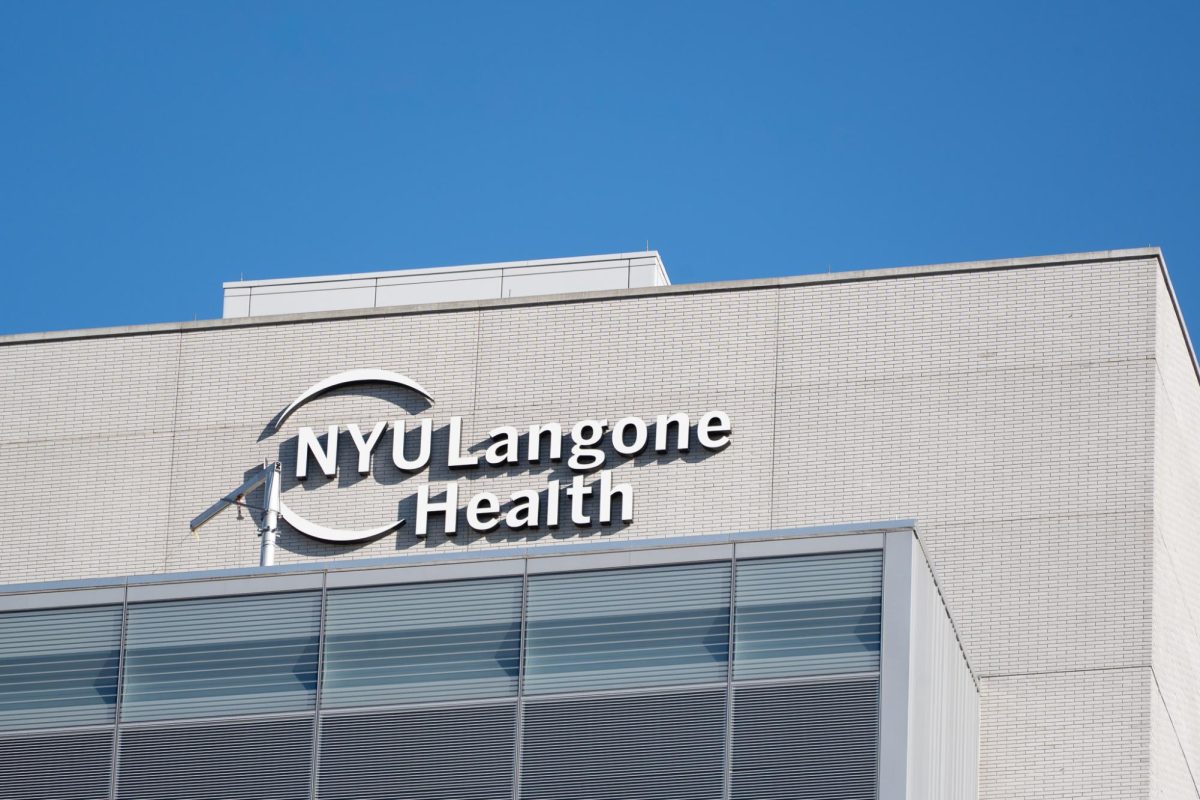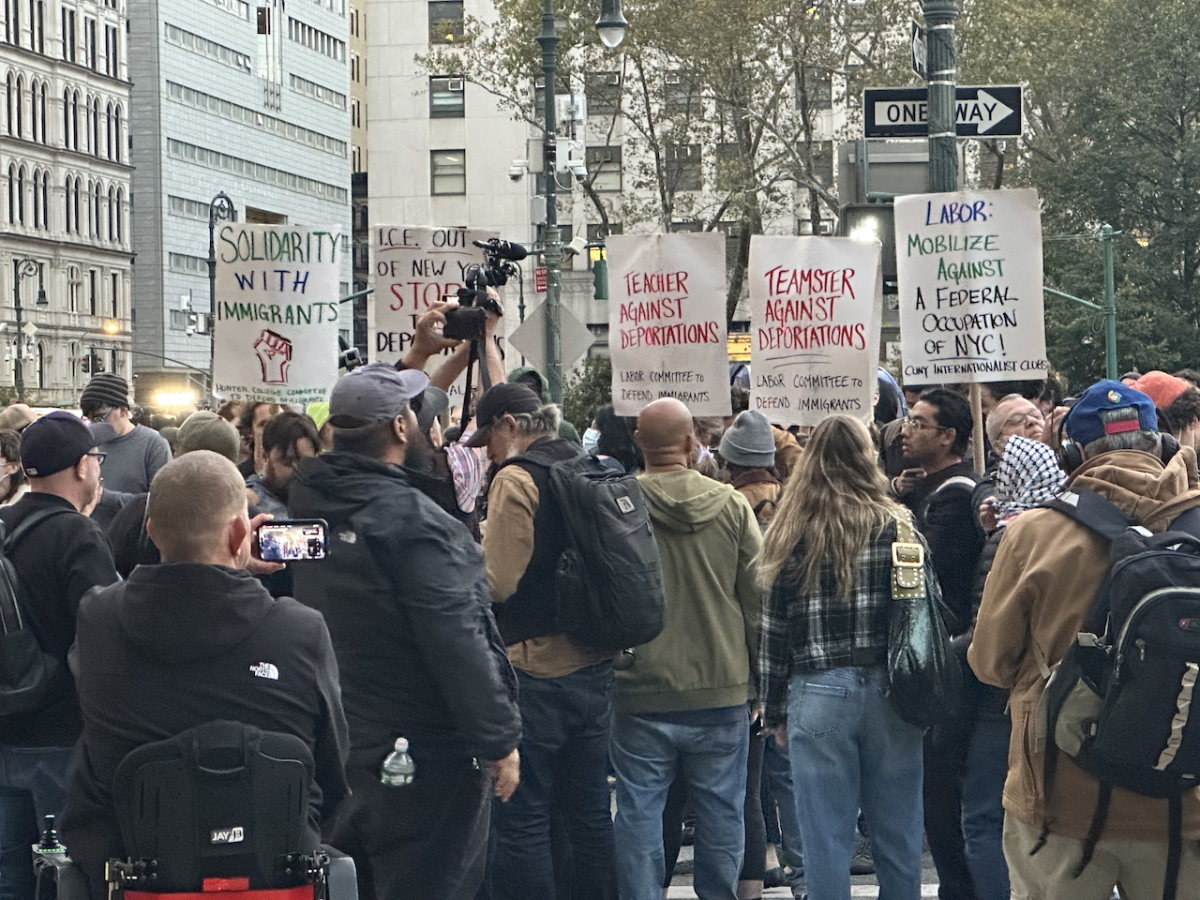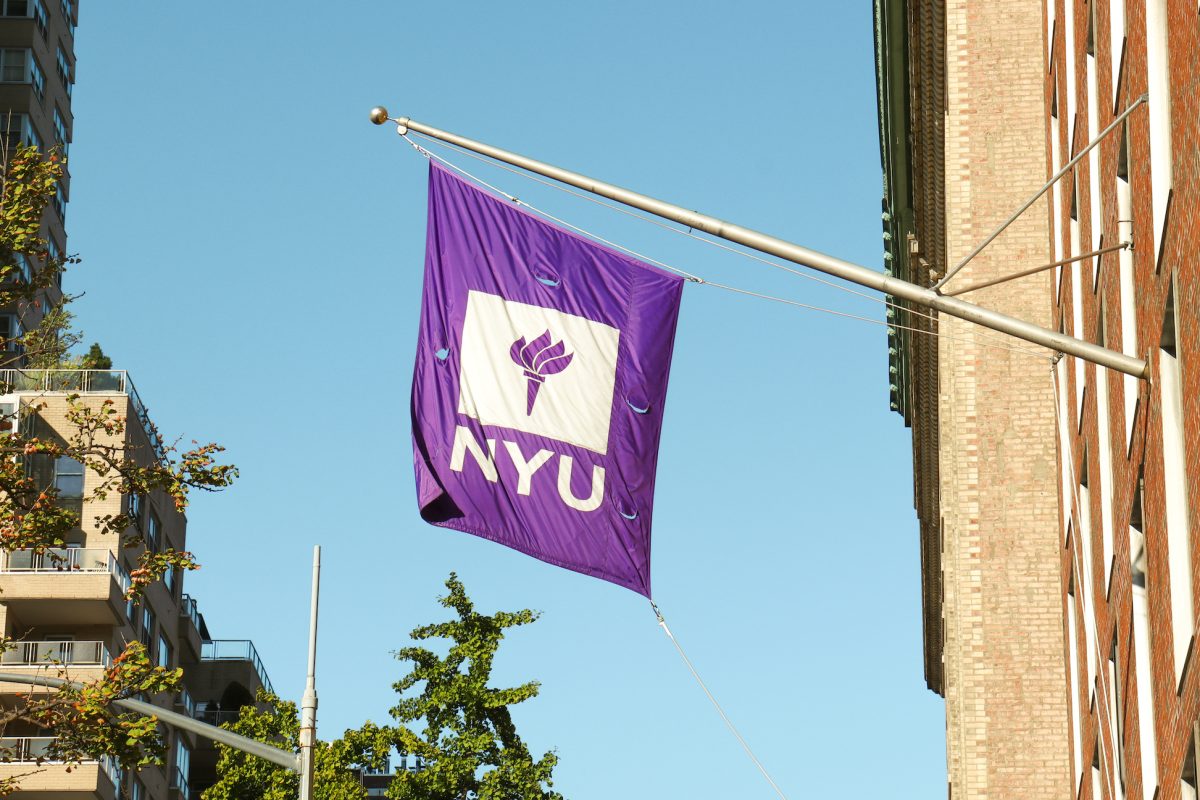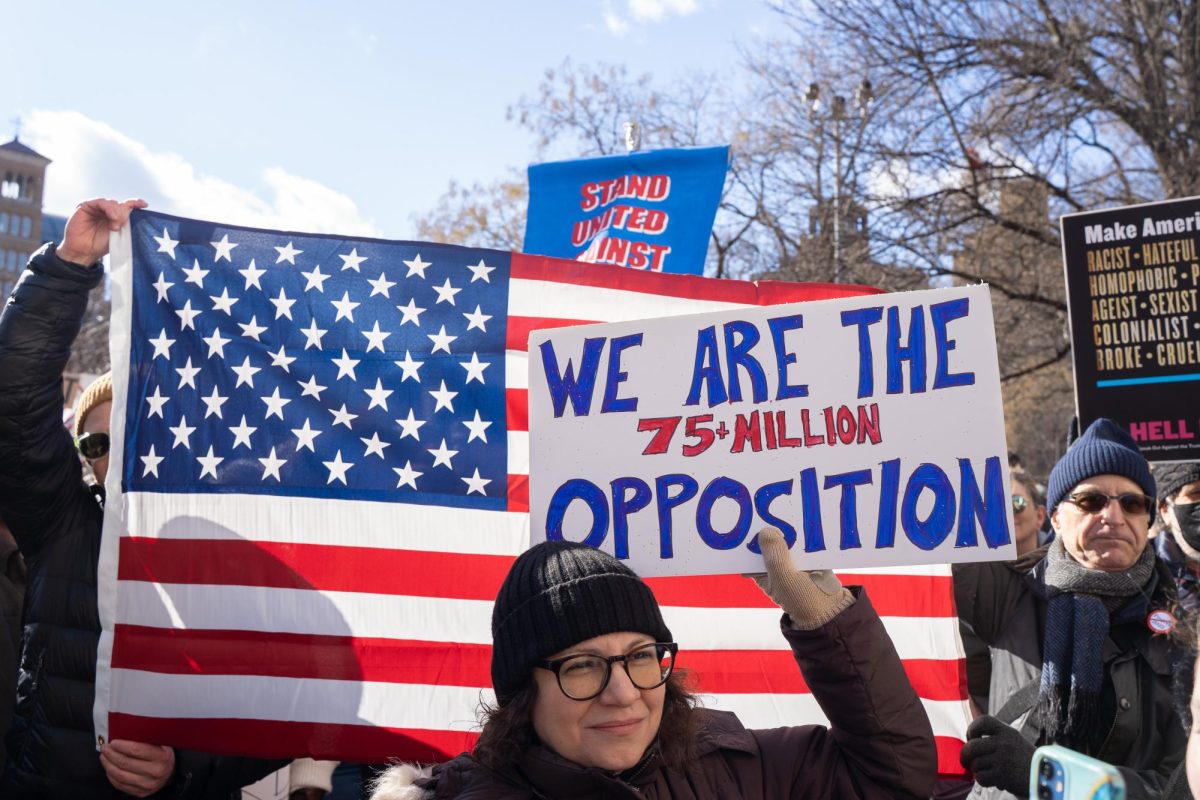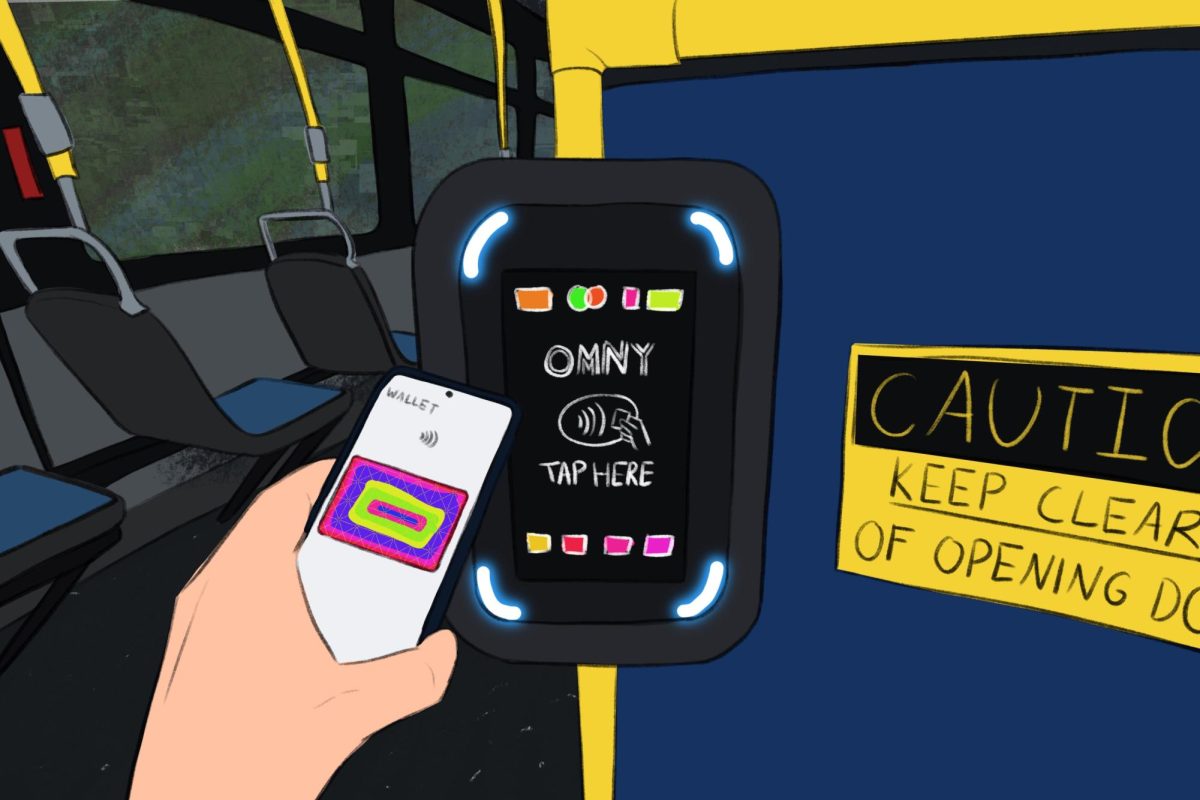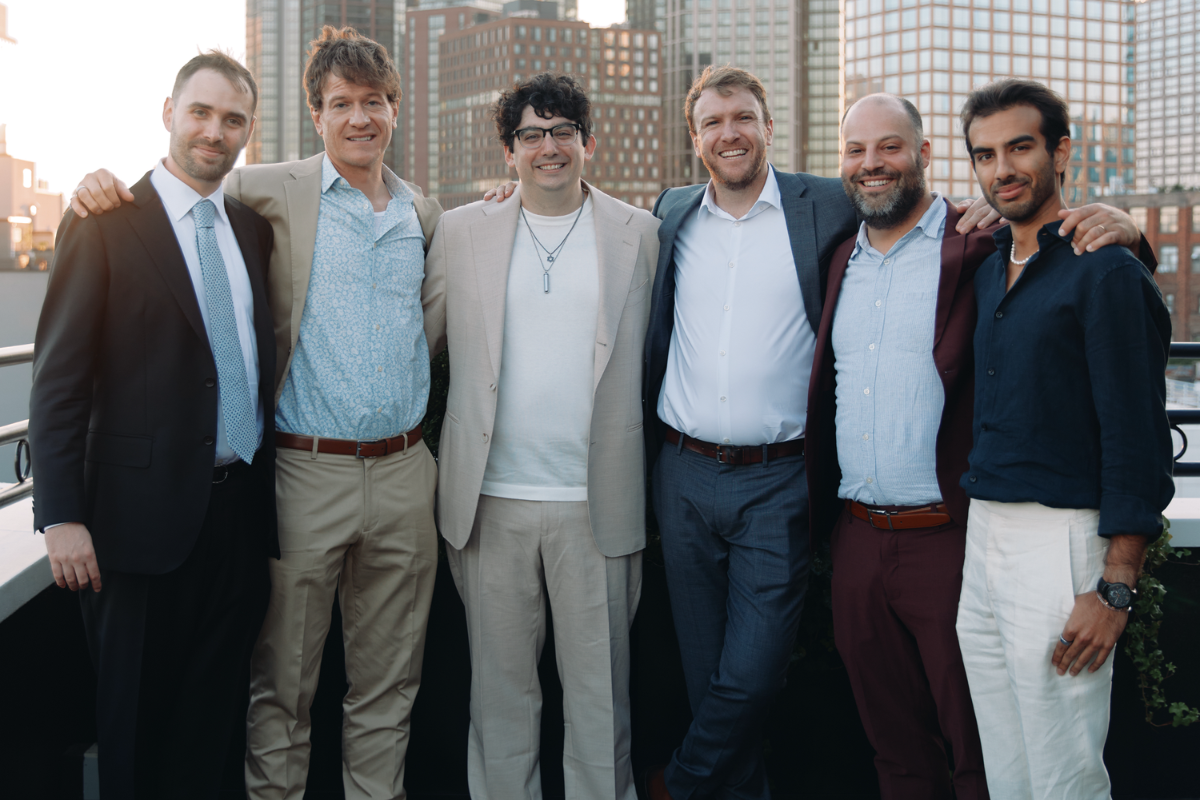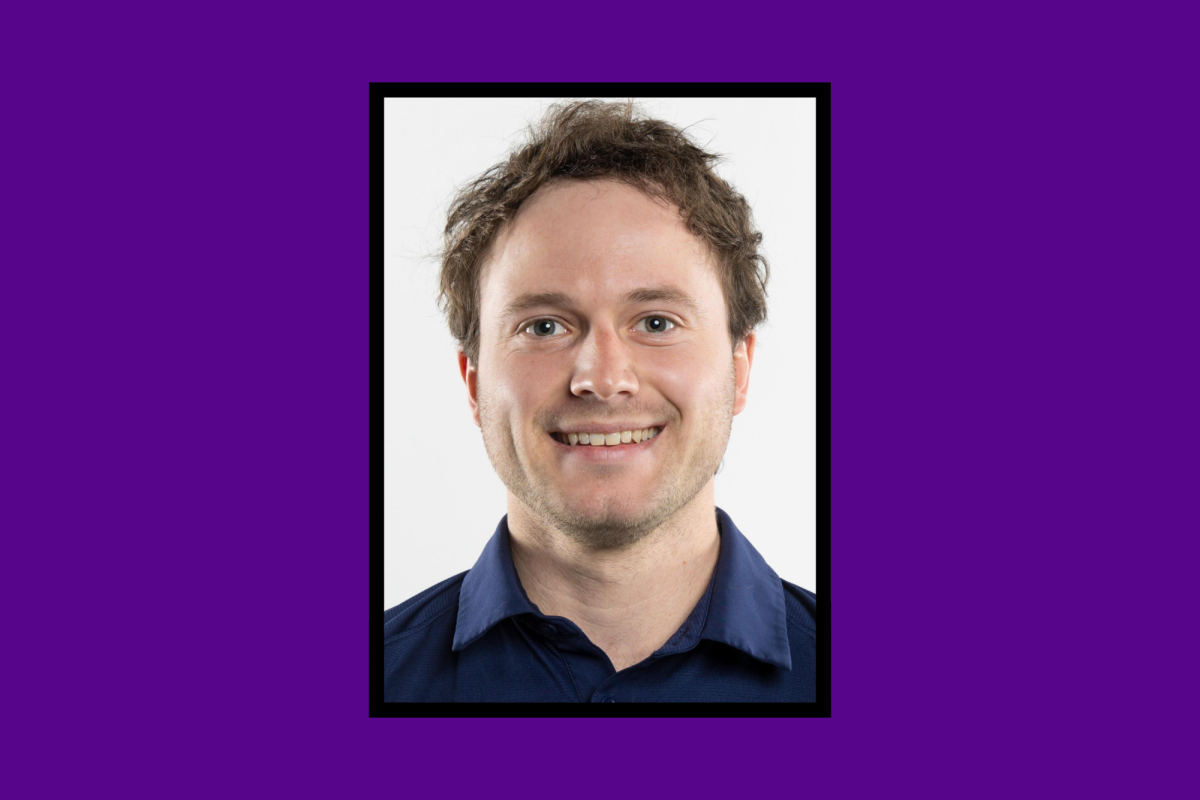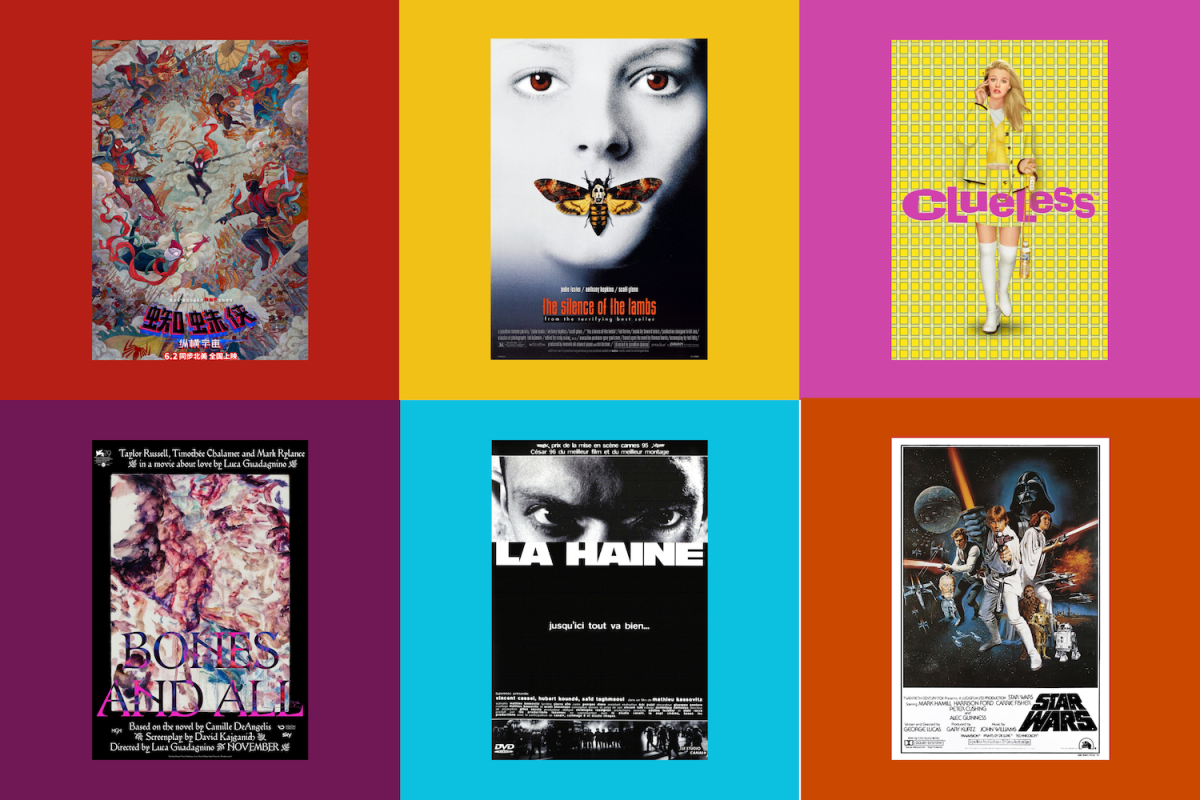I love LGBTQ bars. The music, the cocktails, the drag queens: there are few places I’d rather be on a Friday night. Aside from being fun, they’re also supposed to be places where I feel the support and safety of the community. I’ve been to one such club in the village twice, where both times I’ve had comments that presumed my sexuality. From the subtle “my male friend is straight” to the brash “you don’t look like you’re queer,” people have already made judgments about my identity without so much as a hello. One person even went as far as to comment on my bleached long hair and my full face of makeup in response to my protestations. Although I was in a place that claimed to be welcoming to all LGBTQ people, I felt anything but welcomed. We need to stop making so many assumptions based on people’s appearances, especially in places that are intended to be safe for us.
Even within the LGBTQ community, far too much is determined by appearances. The woman with short hair and a plaid shirt is a lesbian, the guy with the eyeliner is gay and so on. I once had a woman tell me that she had just come out as queer but didn’t want to cut off her hair. To me, this was absolutely ludicrous; look however you want, your identity shouldn’t be shaped by something as trivial as your hairstyle. However, I understand some of her anxieties. We have a prescribed idea of what it looks like to be LGBTQ, so what does it mean if you don’t fit into this mold? What it means is that people often make incorrect assumptions about your sexuality because of stereotypical, preconceived notions of appearance. It grows exhausting to come out time and time again, and these assumptions can potentially hinder your dating life.
Moreover, I can’t shake the feeling that too many spaces that call themselves LGBTQ are only truly targeted for gay men. I’m reminded of a time when a lesbian friend of mine went to a famous queer club with her girlfriend and was brazenly told they “don’t let in straight girls,” assuming that the couple were just friends. Even though my experiences have been far less shocking, I can’t help but wonder how many people have thought the same of me. My male counterparts have never had the same assumptions made of them, because gay men are the norm at many of these places. Yes, women-focused queer spaces do exist, but we shouldn’t be driven to them because we feel unwelcome at LGBTQ bars. We belong to the queer community and should feel accepted, regardless of our appearance.
Some of this hostility toward straight-looking women may also be caused by the presence of groups of straight women in LGBTQ spaces. I personally don’t have too much of a problem with straight women in queer spaces in principle, but I have witnessed some immensely problematic behavior. Take one woman, who thought it was appropriate to grope my male friend’s ass while bragging to me about the ring that her husband bought her. I get the frustration and anger he must have felt — gay men can be made to feel objectified, like the straight girls’ new accessory, which is extra irritating in spaces that are supposed to be yours. In part, I think this frustration is part of what drives some to make superficial judgements. I don’t have a helpful solution for this, but I know that taking this frustration out on all women who look like what is considered straight isn’t the solution.
I’ll still go to LGBTQ bars, but I’d like to think that next time someone makes an assumption based on my appearance, I’ll call them out. The problem isn’t with me — I’m actually pretty happy with the way I look. The problem is with a culture that still prescribes what queerness looks like, even within the LGBTQ community itself.
A version of this article appeared in the Monday, Nov. 19 print edition.
Opinions expressed on the editorial pages are not necessarily those of WSN, and our publication of opinions is not an endorsement of them.
Email Natasha Jokic at [email protected].

